The Permaculture Gardens at
The Dirt Rich School PERMACULTURE PRINCIPLES IN THE VEGETABLE GARDEN
PERMACULTURE PRINCIPLES IN THE VEGETABLE GARDEN
- Perimeter Fencing: to prevent our free-range birds from entering the garden, wild bird manure catchment (i.e. phosphorus) and vertical growing space.
- Micro-Swale Paths: for water catchment with chip wood mulch for weed prevention, and to promote fungi
- No-Till Raised Beds: prevents compaction, concentrates nutrient and protects soil structure and microbiology
- Overflow Ponds: catch excess water, reflect light, and to stabilize heat and humidity
- Perennial Islands: near ponds to protect beneficials such as toads, snakes and insects
- Food Forest Planting Style: layering height and planting timing, nitrogen fixers, plant starts and scattered seeds mixes are integrated.
- Complex Poly Cultures: including annual and perennial fruits, vegetables, weed, herbs and flowers
- Foraging Harvest Style: We only take what we need for that meal taking only the parts of the plant that is needed helps us eat fresh, nutrient-dense food and allows the garden time to regenerate.
 PERENNIAL GARDENS
PERENNIAL GARDENS
- Culinary and Medicinal Herbs: are an important part of our garden’s health and our health as well. These amazing plants heal us and defend us from illness just as they are healing to the soil and confuse pests who might want to munch on our tender vegetables.
- The Pollinarium: is filled with wild and somewhat weedy plants that are known for their nectar and pollen production and are allowed to go through a full bloom and seed cycle for honey and seed production
- Mediterranean Garden: is filled with sun-loving plants that do not need much water. We have placed rocks to act as retaining walls and to absorb the suns heat and release it at night to regulate the temperature.
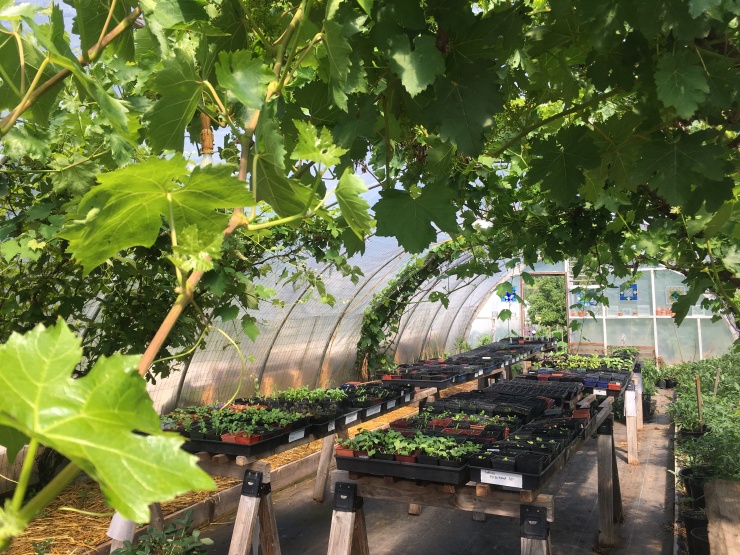 THE GREENHOUSE
THE GREENHOUSE
- The greenhouse is home to tropical plants like lemongrass, turmeric, ginger, avocado, lemons, pomegranate, fig and sweet potatoes. Greenhouses can also be home to tiny gnats, whiteflies, and spider mites. To deal with this we grow tobacco plants whose sticky leaves act like flypaper to attract and catch these tiny pests.
 ORCHARDS & FOOD FORESTS
ORCHARDS & FOOD FORESTS
- We have a small filbert orchard and a fruit orchard with guilded trees who are growing slowly into a food forest.
Your soil is only as healthy as the diversity of plants growing in it.




Farmstand





Come Join us in the garden

Take home some beautiful food

A boquet of flowers

Make some jam and jelly this summer

Garden pond
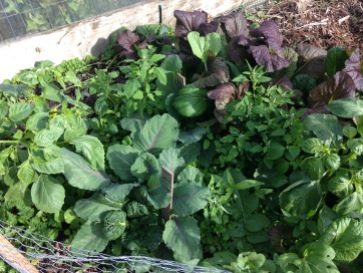
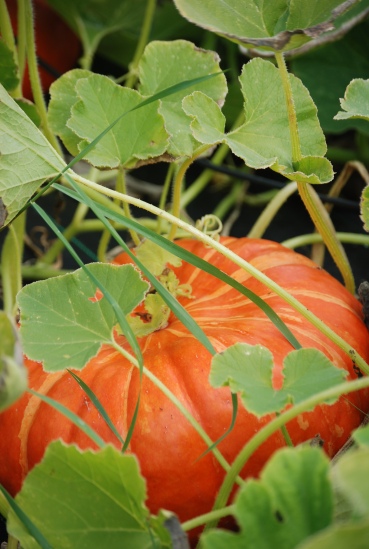
Squash


Easter egg radish

Basil

Shimonita onions

Swiss chard

Sweet carrots

Make some fall pickles

Strawberries

Artichokes
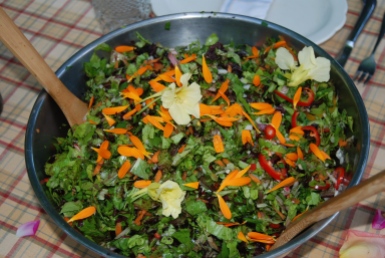
Edible flowers for your salad

Carnival acorn squash

Beets

Fall harvest


Fall sun flowwers


Herbs

Carrots


Salad with herbs and flowers
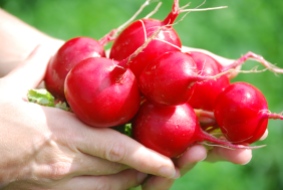
Radishes





Rainy day

Planting






Fence



Bee happy




Pickle time!

Grapes, grapes and more grapes



Poppy



Spring planting

Greenhouse




Hops





Shade house








